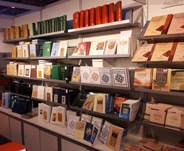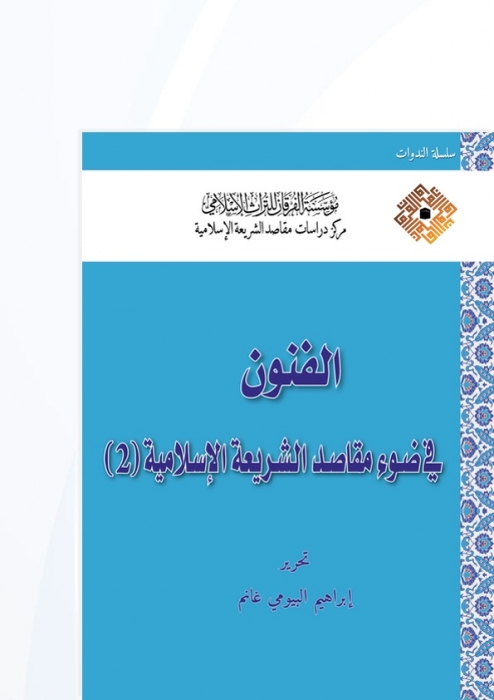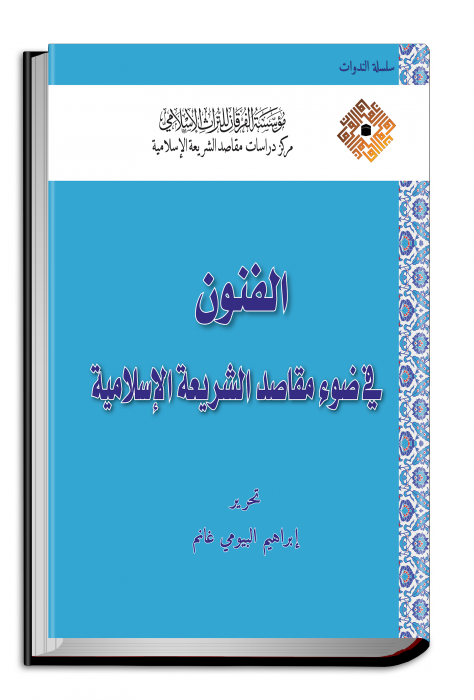This book collates the proceedings of the second symposium titled “Arts in Light of Maqasid Al-Shari'ah”, organised by the Centre for the Study of the Philosophy of Islamic Law. The symposium was held on 10-11 November 2018 in Istanbul, Turkey, with the participation of eminent scholars promoting renewal (tajdīd) in objectives-based jurisprudence, along with researchers and artists. In this book, the reader will find the papers presented at this symposium, which addressed many questions, including how art’s status may be re-established - given it is one of the most distinguished manifestations of civilizational achievement in diverse fields - through referral to principal sources (ta’ṣīl), real-life application (tanzīl), and appropriate methodology. In addition, the papers explored how the different arts serve the Islamic law objectives, and sought practical solutions and plans to promote Islamic art, and shed light on its aesthetic features. These valuable scientific papers covered the following themes: “The philosophical perspective of beauty in the Islamic consideration”; “The relationship of legal principles and the Islamic arts”; “The Qur’ān’s aesthetic objectives and their manifestations”; “The Islamic-ness of Islamic arts between theorising and application”; “Elevating belief as an objective of art”; “The functions of the literary arts in light of the Islamic law objectives”; the objectives of architectural arts in the Islamic city”; “Islamic theatre according to the objective-based trend”; and “Reflections on the objectives-based contexts of Islamic beauty”. As such, the symposium presented a rich source and constructive addition to Maqāṣid teaching, where the papers marked novel and valuable contributions to the science and knowledge domain.
 Shared Knowledge
Shared Knowledge


 Arts in the Light of Maqāṣid al-Sharīʿah
Arts in the Light of Maqāṣid al-Sharīʿah Studies in the Philosophy of Islamic Law: Theory and Applications (Research articles)
Studies in the Philosophy of Islamic Law: Theory and Applications (Research articles) Arts in the Light of Maqāṣid Al-Sharīʿah (3)
Arts in the Light of Maqāṣid Al-Sharīʿah (3)